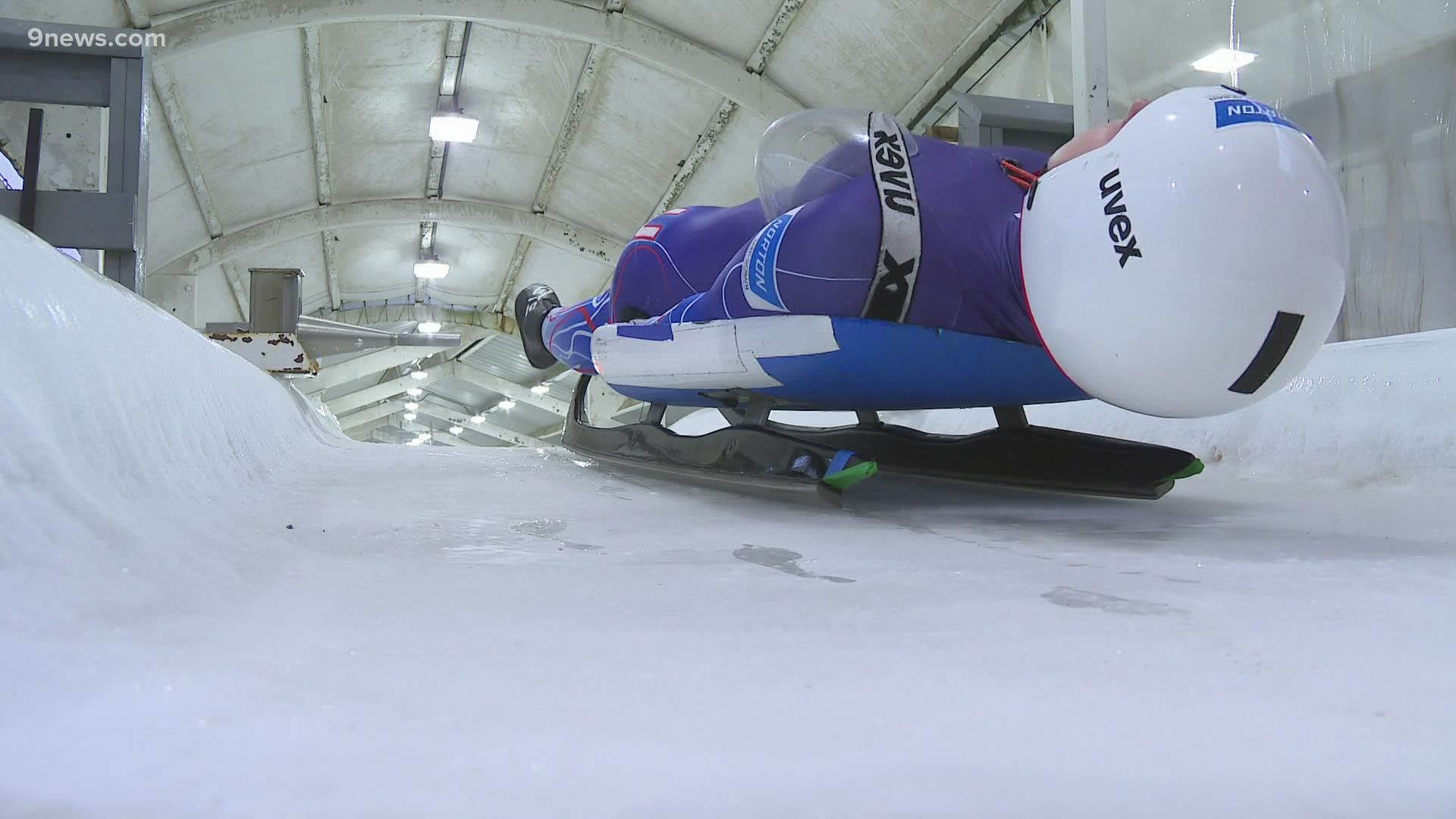BEIJING, China — For most of us, the word "luge" probably doesn't come up much between Winter Olympics. But the high-speed sport has a history that dates back several centuries.
Here are some things you might not know about the sport of luge:
It's been around for a very long time
According to brittanica.com, the origins of luge (French for "sled") date back to the 15th century. The first international sledding competition was held in Davos, Switzerland, in 1883. In that event, according to olympics.com, competitors raced along an icy 4 kilometer (2.49 mile) road. Today's luge tracks vary in length, but the one used at the 2022 Olympics is 1,615 meters (1 mile) long.
WATCH ABOVE: In luge, lots of technology goes into building the perfect sled
The International Sled Sport Federation was established in Dresden, Germany in 1913, and it merged with the Fédération Internationale de Bobsleigh et de Tobogganing (FIBT) in 1935, according to brittanica.com. The sport left the FIBT and established the Fédération Internationale de Luge de Course (FIL). USA Luge is the national governing body for the sport in the United States.
The first European luge championships, with single and double-seater events, were held in 1914 in Reichenfels, Austria, according to brittanica.com, and the first world titles were contested in Oslo Norway, in 1955.
Luge was included in the Winter Olympics for the first time in 1964, and the team relay was added in 2014.
Germany leads the world in luge medals
Germany has won the most Olympic medals of any country in the history of the sport, followed by Austria and Italy.
Germany has even swept the podium on multiple occasions -- in 2002 and 2006, both in the women's singles. In 2014 and 2022, Germany won gold in every luge event.
The all-time record for Olympic luge medals was broken this year
Natalie Geisenberger became the most decorated luger in Olympic history when she took her seventh medal -- and sixth gold -- in the Beijing Games as a member of Germany's mixed relay team.
Italian Armin Zöggeler was the previous record holder. "The Cannibal" won six medals over the course of six consecutive Olympics (two of them gold), the most recent being the 2014 Sochi Games.
Luge is faster than skeleton
Luge edges out skeleton in speed because traveling feet-first creates less drag than going head-first, giving it a slight advantage. Luge sleds are also lighter than skeleton sleds, according to olympics.com. Speeds reach more than 130 kilometers (80 miles) per hour.
Luge doesn't just look deadly -- it actually is
Luge wasn't included in the Olympics until 1964 because it was deemed too dangerous, according to nbcolympics.com. In fact, an athlete died in competition just two weeks before those Games when Polish-born British luger Kazimierz Kay-Skrzypecki careened off a course in Austria and was killed.
SUGGESTED VIDEOS: Beijing Olympic Games

